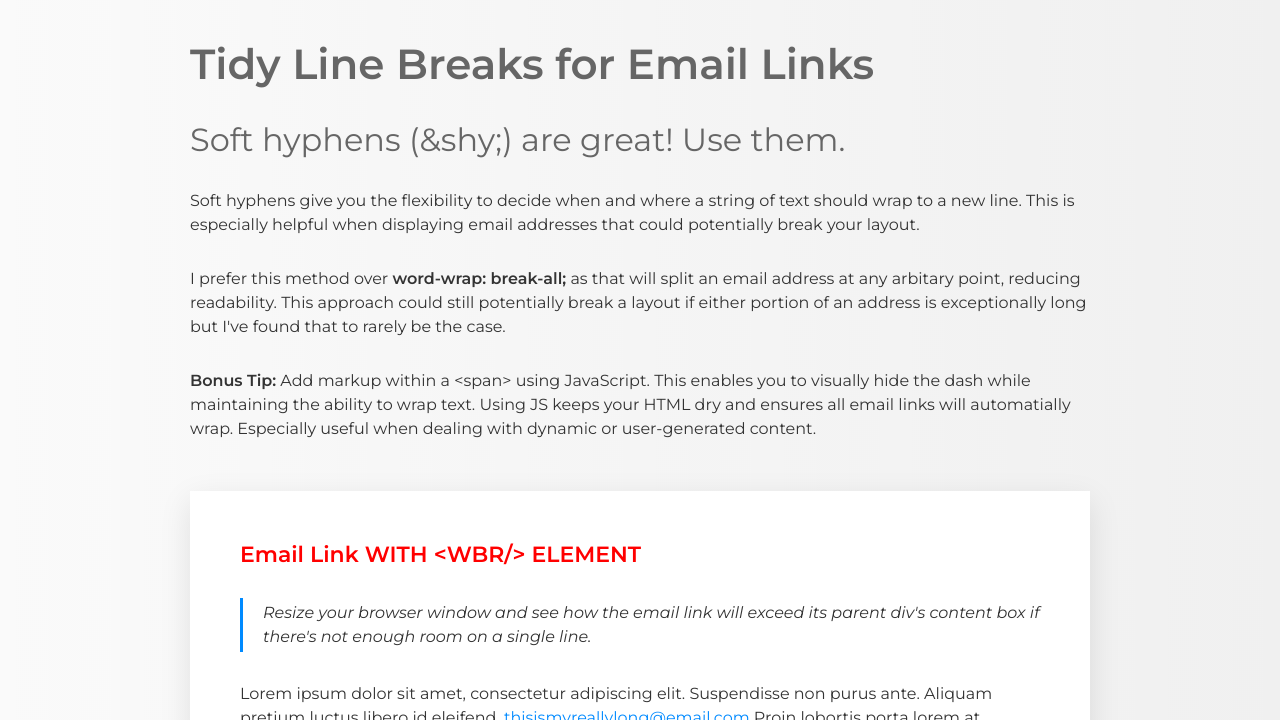

In British English, hyphens may be employed where readers would otherwise be tempted into a mispronunciation (e.g., co-worker is so punctuated partly to prevent the reader's eye being caught automatically by the word cow). A hyphen is mandatory when a prefix is applied to a proper (capitalized) adjective ( un-American, de-Stalinisation). British English tends towards hyphenation ( pre-school) whereas American English and Australian English tend towards omission of the hyphen ( preschool). In other cases, usage varies depending on individual or regional preference. Many long-established words, such as preamble and degrade, do not require a hyphen since the prefix is viewed as fully fused. Prefixes and suffixesĬertain prefixes ( co-, pre-, mid-, de-, non-, anti-, etc.) may or may not be hyphenated. Hyphenation algorithms, when employed in concert with dictionaries, are sufficient for all but the most formal texts. The details of doing this properly are complex and language-dependent and can interact with other orthographic and typesetting practices. This kind of hyphenation is most useful when the width of the column of text is very narrow. This allows more efficient use of paper, allows more regular appearance of right-side margins without requiring spacing adjustments, reduces the problem of rivers, and avoids the need to erase long words begun near the end of a line that do not fit.
#Html code soft hyphen full
The word may be divided at the nearest breakpoint between syllables, and a hyphen inserted to indicate that the letters form a word fragment, rather than a full word. When flowing text, it is sometimes preferable to break a word in half so that it continues on another line rather than moving the entire word to the next line. Separating Justification and line-wrapping Hyphenation is also routinely used to avoid unsightly spacing in justified texts (for example, in newspaper columns). " toolbar", " hyperlink", " pastebin").ĭespite decreased use, hyphenation remains the norm in certain compound modifier constructions and, amongst some authors, with certain prefixes (see below). The advent of the Internet and the increasing prevalence of computer technology have given rise to a subset of common nouns that may in the past have been hyphenated (e.g.

In 2007, the sixth edition of the Shorter Oxford English Dictionary removed the hyphens from 16,000 entries, such as fig-leaf (now fig leaf), pot-belly (now pot belly) and pigeon-hole (now pigeonhole).

Compounds that might once have been hyphenated are increasingly left with spaces or are combined into one word. The use of the hyphen in English compound nouns and verbs has, in general, been steadily declining. The rules of style that apply to dashes and hyphens have evolved to support ease of reading in complex constructions editors often accept deviations from them that will support, rather than hinder, ease of reading.
#Html code soft hyphen manuals
nineteenth- and twentieth‑century writers).Ī definitive collection of hyphenation rules does not exist rather, different manuals of style prescribe different usage guidelines. Spaces should not be placed between a hyphen and either of the words it connects except when using a suspended or "hanging" hyphen (e.g. Hyphens are mostly used to break single words into parts, or to join ordinarily separate words into single words.
#Html code soft hyphen iso
However, in environments that are restricted to ISO 646, and often in computing generally, the hyphen is represented by a hyphen-minus ( - ), which is well-known and easy to enter on keyboards.įor Wikipedia's own standards for hyphen usage, see Wikipedia:Manual of Style#Hyphens The hyphen should not be confused with dashes ( ‒, –, -, ― ), which are longer and have different uses, or with the minus sign ( − ) which is also longer. The use of hyphens is called hyphenation. The hyphen ( ‐ ) is a punctuation mark used to join words and to separate syllables of a single word. The easiest way is to add in CSS an optional horizontal scroll on the container. The lazy way: Scrolling within the container There are 3 different ways to handle this issue and avoid unexpected horizontal scrolls. When a word is longer that the container’s width, a horizontal scroll on the page level will appear.


 0 kommentar(er)
0 kommentar(er)
